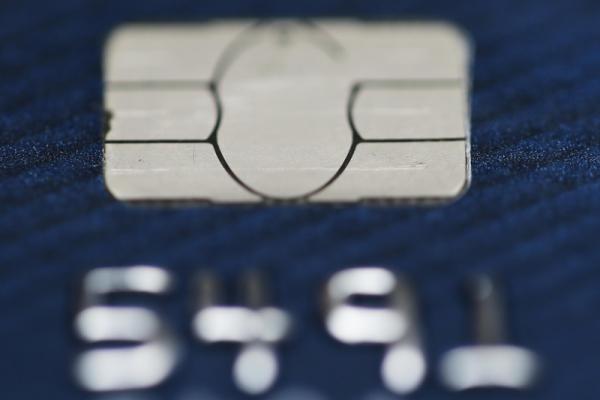By Wayne Cole
SYDNEY, Feb 21 (Reuters) - Australian wages rose a fraction faster last quarter but private-sector growth stayed near historic lows as penny-pinching by business became an ever-greater deadweight on consumer spending and inflation.
The local dollar edged up only a touch to $0.7892 AUD=D4 as the report was not nearly strong enough to make a rise in interest rates any more likely this year.
Wednesday's figures from the Australian Bureau of Statistics showed its wage price index rose 0.6 percent in the December quarter, from the previous quarter, just topping market forecasts of a 0.5 percent increase.
Annual wage growth firmed to 2.1 from 2.0 percent, but was only just above the all-time trough of 1.9 percent and barely ahead of consumer price inflation.
Even that owed much to an unusually generous 3.3 percent hike in the minimum wage which was forced on reluctant employers by the government regulator.
Annual wage growth in the private sector stayed stuck at 1.9 percent with not a single industry paying more than 2.6 percent. The best outcomes came in healthcare and recreation, with mining wages up just 1.4 percent - barely recognisable from former boom times.
The miserly pace of wage growth is a major reason the Reserve Bank of Australia (RBA) recently forecast core inflation would not reach the floor of its 2 to 3 percent target band until early 2019, and would only touch 2.2 percent by mid-2020.
Just last week, RBA Governor Philip Lowe emphasised an acceleration in wages would be necessary to revive inflation, and not just a modest acceleration either.
"If we're going to deliver average inflation of 2.5 percent we should probably have average wage increases over long periods of time at 3.5 percent," Lowe told lawmakers.
"My fear was that the community had become adjusted - that people's expectations had adjusted - to two percent wage increases, and that they thought that was the norm."
The last time wages grew as fast as 3.5 percent was in the third quarter of 2012.
With that goal so distant, investors see no more than a one-in-four chance of an RBA rate hike by August 0#YIB: . A move to 1.75 percent is not fully priced in until February next year.
